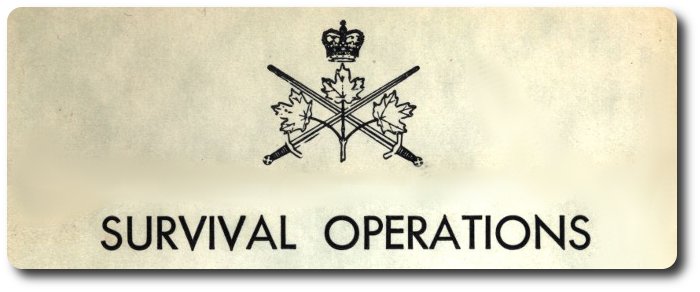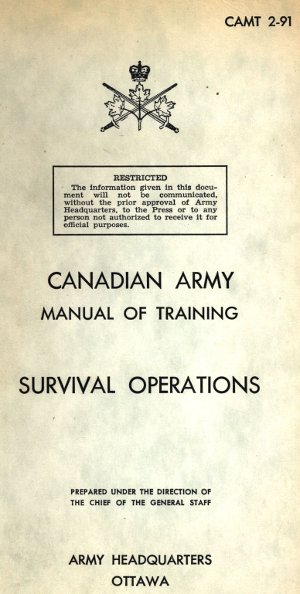The New Military School; London, 1888
Topic: The RCR
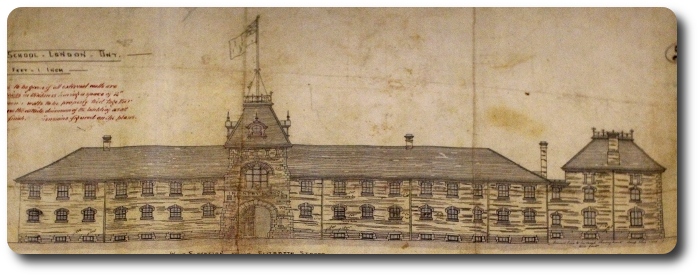
The New (1888) Military School at London, Ontario, later formally named Wolseley Barracks (a.k.a. Canadian Forces Base (CFB) London, and Area Support Unit (ASU) London.
The New Military School
An Auspicious Opening Promised To-Day
Notes of a Casual Visit Thereto
The Objects Aimed at by the Government…Appearance of the Apartments…The Term of Enlistment…Provision Made for Carrying on the Work…Biographical Sketch of the Commandant, etc.
The Daily Free Press, London, Ont., Monday, 2 April 1888
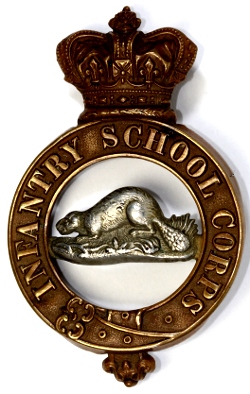 On Saturday afternoon a Free press reporter visited the Military School, the headquarters of "D" Company of Royal Infantry (a cut of which accompanies this notice), which was erected last year on Carling's heights and which will t-day be formally opened for regular work. Seven or eight years ago the question of establishing schools for military instruction in infantry manoeuvres was mooted in the Dominion Parliament. The question was favorably discussed at three or four succeeding sessions of the House, but for good and sufficient reasons action on the motion for their establishment was deferred. In the Parliament of 1882-83 the motion to institute a series of schools of this class, as the country might develop a need for them was introduced by Sir Adolphe Caron, the Minister of Militia, and passed the House without dissension. Prior to this the leading officers in the Canadian militia were filled by officers from the British Army, but shortly after the schools went into operation a change took place in this respect. The next year (1883) "A" Company was formed and stationed at Fredericton, New Brunswick. In the fall of the same year another Company was recruited and given headquarters at Quebec. The next summer the first Infantry School in Ontario was established at Toronto and designated "C" School. It soon became apparent to those in authority that the institution names was not at all adequate to the needs of such a large Province, and an Order-in-Council was issued two years ago for an addition company to be stationed in this city, as the military, as well as commercial, centre of the western peninsula. A lengthy description of the School was recently given in these columns. So much by the way of introduction. The reporter, after passing the main guard, was shown to:…
On Saturday afternoon a Free press reporter visited the Military School, the headquarters of "D" Company of Royal Infantry (a cut of which accompanies this notice), which was erected last year on Carling's heights and which will t-day be formally opened for regular work. Seven or eight years ago the question of establishing schools for military instruction in infantry manoeuvres was mooted in the Dominion Parliament. The question was favorably discussed at three or four succeeding sessions of the House, but for good and sufficient reasons action on the motion for their establishment was deferred. In the Parliament of 1882-83 the motion to institute a series of schools of this class, as the country might develop a need for them was introduced by Sir Adolphe Caron, the Minister of Militia, and passed the House without dissension. Prior to this the leading officers in the Canadian militia were filled by officers from the British Army, but shortly after the schools went into operation a change took place in this respect. The next year (1883) "A" Company was formed and stationed at Fredericton, New Brunswick. In the fall of the same year another Company was recruited and given headquarters at Quebec. The next summer the first Infantry School in Ontario was established at Toronto and designated "C" School. It soon became apparent to those in authority that the institution names was not at all adequate to the needs of such a large Province, and an Order-in-Council was issued two years ago for an addition company to be stationed in this city, as the military, as well as commercial, centre of the western peninsula. A lengthy description of the School was recently given in these columns. So much by the way of introduction. The reporter, after passing the main guard, was shown to:…
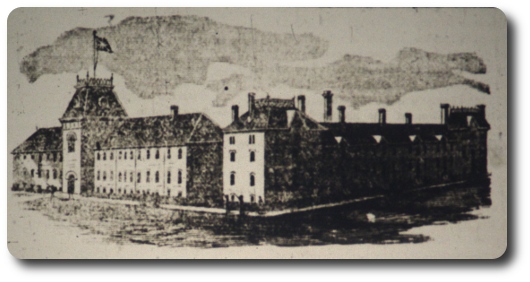
The Commandant's Office
And courteously received by Col. Smith. In traversing the immense institution the Colonel explained the necessity of each department in his thorough-going style. The first apartment visited was the store room, the shelves on either side of the four walls and tables in the centre of which were piled with uniforms, underclothing, boots, helmets and other requisites.
"Of what does an outfit consist?" inquired the reporter.
"When a man enlists he is furnished with a cloth tunic for parade, a tweed tunic for lounging around in, a pair of pants, two flannel shirts, two heavy undershirts, a pair of top boots, a cap and helmet, pair of mitts, a fork, knife, spoon, razor and other small articles."
"How often is the outfit renewed?"
"The original outfit is made to do duty for the three years of enlistment," replied the Colonel.
"You speak of three years' enlistment. Does that mean that the soldiers are given instruction for that period, or are they regular soldiers in the proper sense?"
"They Are Regular Soldiers,"
Was the reply. "I am glad that you put that question, for a misapprehension seems to have gone abroad as to the relation of the regular staff to the School, conveying an idea to the general mind that these men have simply enlisted for that term to satisfy their innate desire to become soldiers. They form the nucleus of a standing Canadian army, and may be called upon to do service in any part of the Dominion at a moment's notice in case of emergency, as was instanced in the Northwest rebellion in 1885, when "C" Company was the first to be placed under orders to proceed to the seat of the disturbance. But the primary and ostensible object of this corps is to afford proper instruction to the officers and men of the active militia of the country who wish to make themselves more proficient in the service."
The next rooms visited were the barracks where men are quartered. In each of these there are fifteen iron bedsteads, which are folded up during the day time. On a shelf, which runs round the room, are stored the clothing and nick-nack of the men. It is the intention shortly to provide boxes in which to store this clothing, which will tend to give the room a more tidy appearance.
On entering the first of the barracks rooms, the Colonel made a close scrutiny of the belts and clothing of the men, which were exhibited on the shelf, and fastened his eye on one which had not been properly pipeclayed.
"Whose is that?" was asked of Sergt.
"Private _____'s, sir. I have instructed him to have them cleaned by t-morrow morning."
"This dilatoriness must be checked at once. Report him, and we will have him put on the gates tonight."
A visit was paid to:…
The Other Barracks Rooms
But in each of these everything was found in good order. A soon as possible the names of the occupants of the beds will be emblazoned over each one, and thus facilitate the work of inspection by the officers.
On entering the kitchen two red-coats were observed cutting some cold meat for hash. Passing through this the dining room of the men was entered.
"Is it customary to allow all the men to mess together in these institutions?" was again queried.
"Well, no. They generally mess in their own rooms, but the architect made provision for such a room here, as we utilize it," the Colonel replied.
"Do you consider this the better method?" was asked again.
"I am hardly competent to express a definite opinion just yet. It has the advantage, however, of enabling the men to keep their rooms cleaner and is also more convenient."
The officers' apartments were next investigated. The anteroom is nicely fitted and carpeted. The mess room is fitted up with an extension table capable of accommodating twenty-four officers. Above this room sleeping apartments have been furnished for fifteen attached officers, each one being given a separate room, and all fitted up with a table, bureau, bed, wardrobe and washstand and other conveniences which make them very comfortable looking. The west wing was next gone through, but only one or two of the rooms there have been furnished.
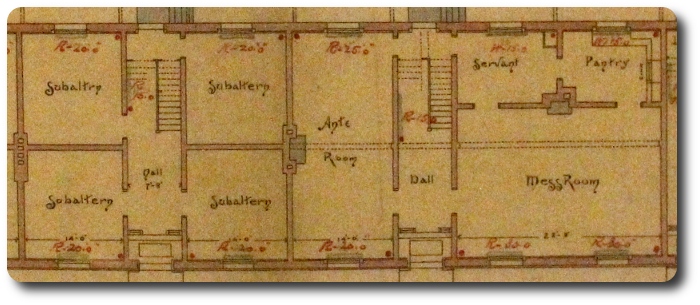
On entering the museum the party were treated to a couple of airs on the piano by Private George Shields, who is the musical director of the corps' minstrel troupe.
The Strength of the Corps
"How many men have been enlisted up to date, Colonel?"
"Forty-seven, but we have two Sergeants attached. On Monday the attached force will be increased to about thirty-five, six or seven of whom will be officers."
"How long is the term of instruction?"
The Regular Course
Extends over three months, but we also have a special one, which may exceed any period from seven days and the regular one. This latter is for men who have already made themselves proficient in the discipline, but who desire to take advantage of the lectures in order to enable them to pass their examinations.
"You propose to increase your regular force to 100 do you not?"
"Yes, just as soon as possible. I have been particular to receive only men of first-class physique, standing at least five feet eight, and of good chest measurement, for there are not many of us and it is well to present as creditable an appearance as possible on parade."
The reporter was in the act of thanking Col. Smith for his kindness and taking his departure when he was invited to look at the:…
Cells for Refractory Red Coats
"Of course you will hardly ever require these?" was remarked on entering the main door.
"We have one of them in use now," was the reply, … "A couple of months ago a deserter from the North-west Mounted Police gave himself up, and is now confined here awaiting orders from the Department of Militia.
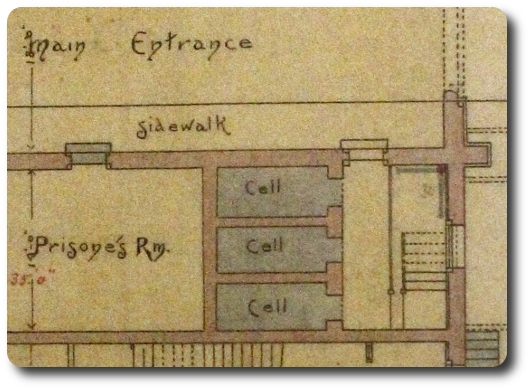
Three of the original cells as shown in the plans for Wolseley Barracks. (The other three cells are in the basement level.) The main floor cells can be seen by visitors to The Royal Canadian Regiment Museum.
A Biographical Sketch
Colonel Smith is an experienced and painstaking officer, who has been connected with the Canadian Militia for the last thirsty years. He commenced his military career as a private in the Cobourg Rifle Company, but was afterwards transferred to the 40th Battalion. When "C" Company was organized he was appointed Captain, which position he held until he was promoted to the school in this city/ By virtue of his position he was then gazette Colonel. He saw service in the North-west Rebellion with "C" Company and was a portion of the time Assistant Adjutant-General to the North-west field force. Col. Smith won laurels for himself while connected with the Toronto School. He is an enthusiastic soldier and spares no pains to impart instruction to those attending the school. While he adheres strictly to discipline, even to the minutest details, he still has a fascinating and kindly disposition which makes him universally popular with all under his command. No doubt the London Military cadets will soon be placed in the first rank of proficiency under his direction, and the militia of the western district are to be congratulated on the wisdom of the government in making this appointment.
A Fine-Looking Body of Men
The non-commissioned officers and men of the permanent force are a splendid-looking lot of young fellows, of fine physique and pleasing countenances. Already a healthy spirit of emulation, as to who should be the best conducted on the streets, as well as in barracks, seems to have possessed them, and they promise to be worthy citizens of London.

Posted by regimentalrogue
at 12:01 AM EDT
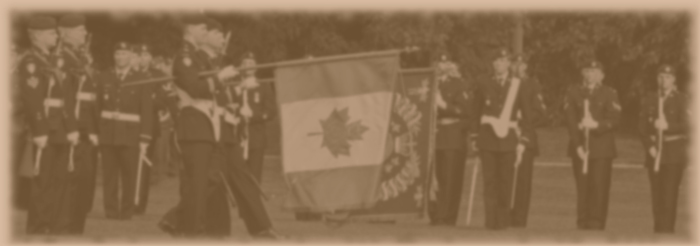
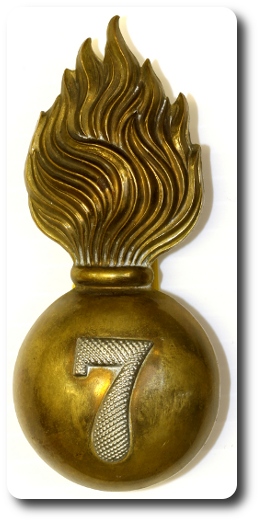 Last night at the armories the Seventh Regiment "trooped the colors" for the first time this season, and in spite of the men being greatly handicapped because of the lack of room in the drill shed they did excellent work, taking into consideration that it was the first practice of the year. This impressive ceremonial drill originated hundreds of years ago in the old country, and is still executed every morning by the Royal Guards at St. James Palace, England.
Last night at the armories the Seventh Regiment "trooped the colors" for the first time this season, and in spite of the men being greatly handicapped because of the lack of room in the drill shed they did excellent work, taking into consideration that it was the first practice of the year. This impressive ceremonial drill originated hundreds of years ago in the old country, and is still executed every morning by the Royal Guards at St. James Palace, England.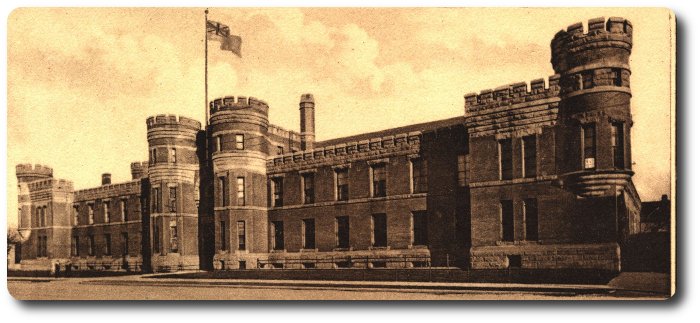



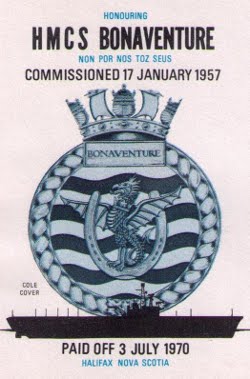
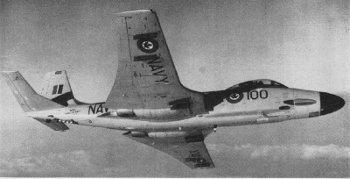 The aircraft, with which the Bonaventure is equipped, are the Canadian-produced
The aircraft, with which the Bonaventure is equipped, are the Canadian-produced 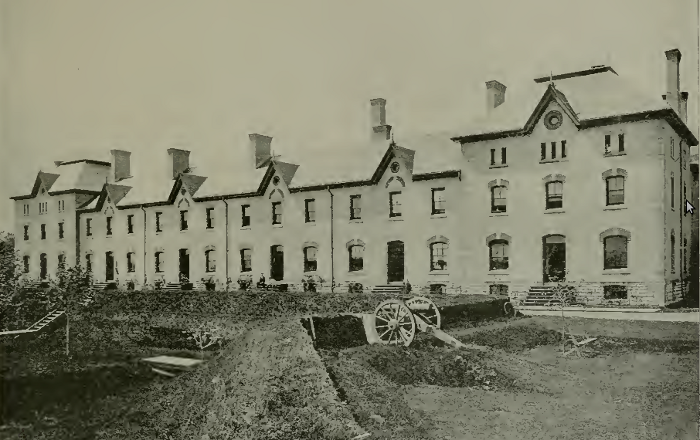
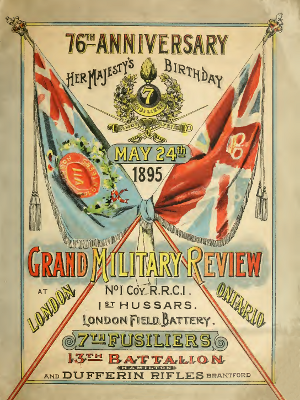
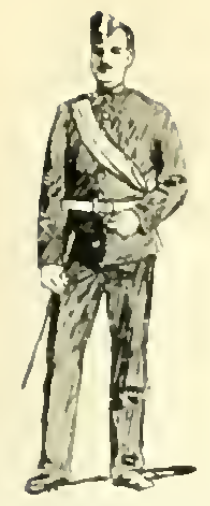 The Military School
The Military School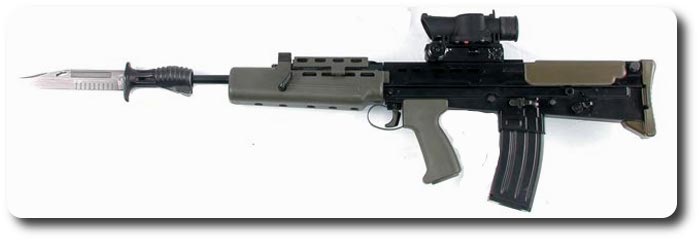
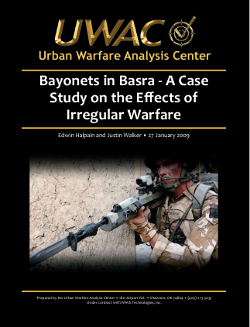
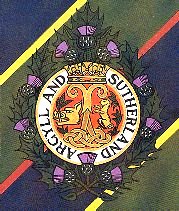

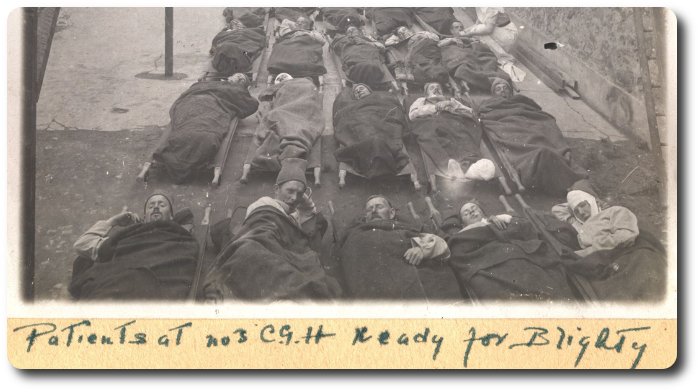
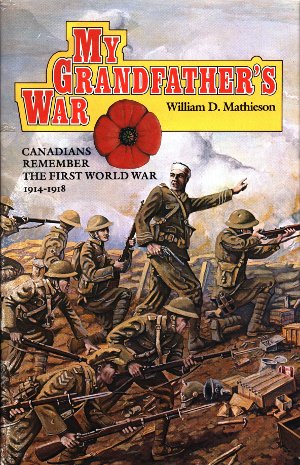 Now let us suppose a man is wounded in the front trench. He is at once picked up by the stretcher bearers, given first aid, placed on a stretcher and brought to the R.A.P., where he is examined, iodine put on his wound and redressed. If the patient is suffering and if the wound permits, a small dose of morphia is given. His Regimental Number, Name and Unit, nature of wound, and Treatment given is indicated on a card and fastened to the patient's tunic.
Now let us suppose a man is wounded in the front trench. He is at once picked up by the stretcher bearers, given first aid, placed on a stretcher and brought to the R.A.P., where he is examined, iodine put on his wound and redressed. If the patient is suffering and if the wound permits, a small dose of morphia is given. His Regimental Number, Name and Unit, nature of wound, and Treatment given is indicated on a card and fastened to the patient's tunic.

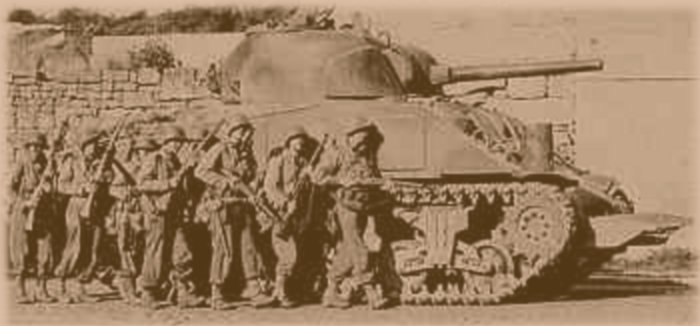
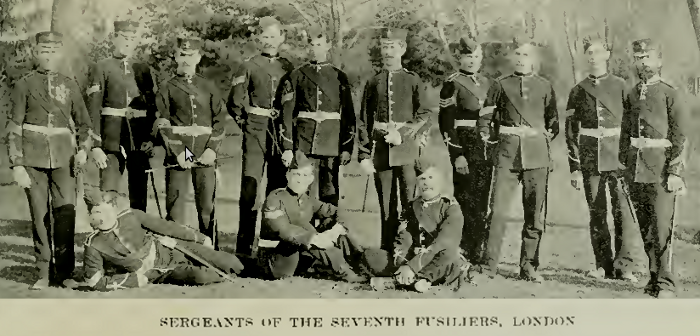
 Feeding the Troops; Rural vs. City Corps
Feeding the Troops; Rural vs. City Corps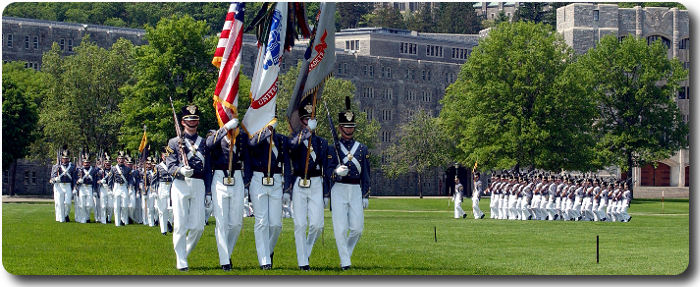
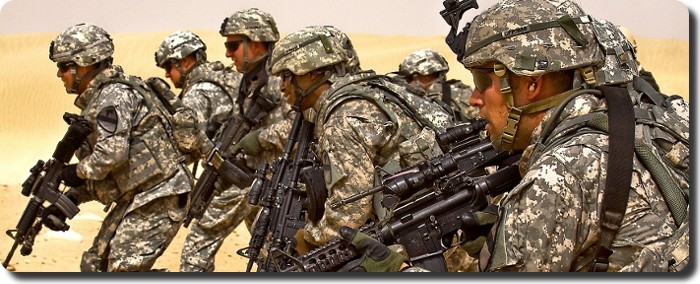
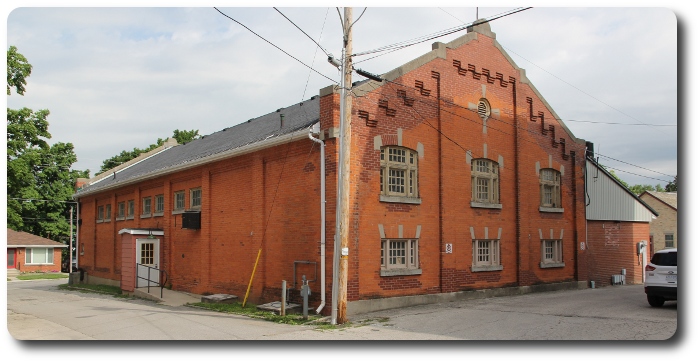

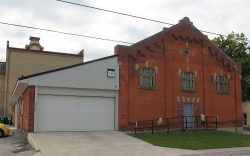
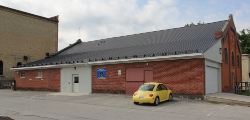
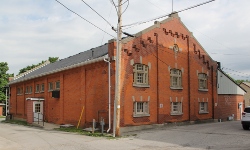
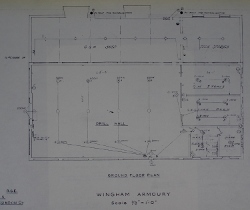
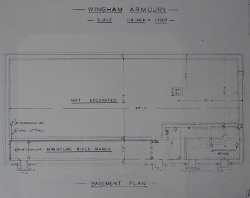
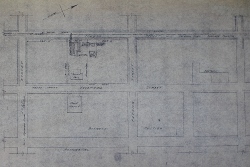
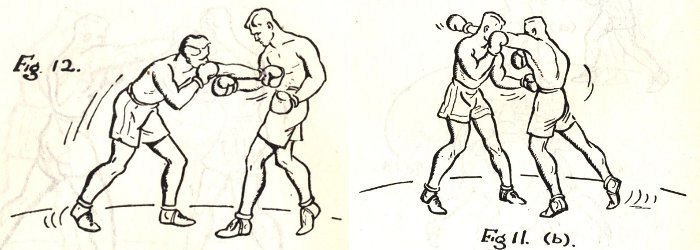
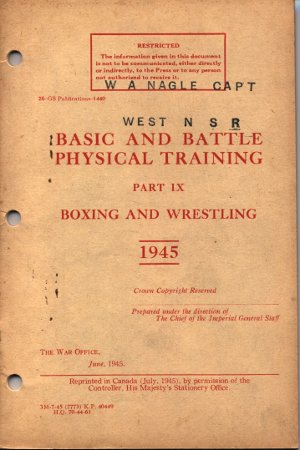 Chapter 1 — Boxing
Chapter 1 — Boxing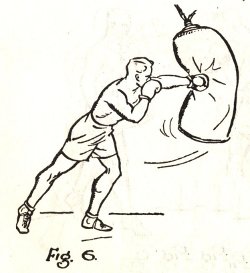 4. In boxing there are three types of attack. These are:—
4. In boxing there are three types of attack. These are:—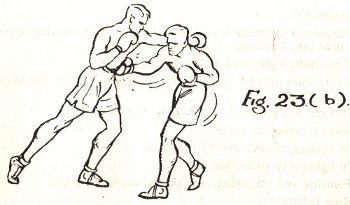 6. Just as each arm of the service has its special characteristics, each individual boxer has his strong and weak points, which must be developed in such a way that the strong are strengthened and the weak are concealed. A tall man with a long reach should develop his ability as a long range boxer, and should not "mix it” with a short, stocky opponent, or he may be beaten by employing wrong tactics. A purely defensive boxer will rarely win, although defence, scientifically studied and skillfully applied, may enable a boxer to defeat an unskilled opponent who is bigger and stronger than himself. In addition, a sound defence promotes self-confidence and enables a boxer to maintain the initiative even when he is on the defensive. A successful defensive action should always be followed by a counter-attack.
6. Just as each arm of the service has its special characteristics, each individual boxer has his strong and weak points, which must be developed in such a way that the strong are strengthened and the weak are concealed. A tall man with a long reach should develop his ability as a long range boxer, and should not "mix it” with a short, stocky opponent, or he may be beaten by employing wrong tactics. A purely defensive boxer will rarely win, although defence, scientifically studied and skillfully applied, may enable a boxer to defeat an unskilled opponent who is bigger and stronger than himself. In addition, a sound defence promotes self-confidence and enables a boxer to maintain the initiative even when he is on the defensive. A successful defensive action should always be followed by a counter-attack.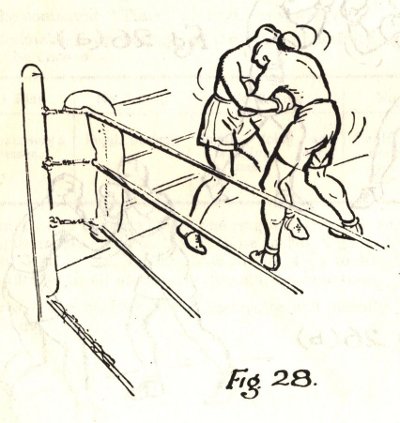

 On Saturday afternoon a Free press reporter visited the
On Saturday afternoon a Free press reporter visited the 


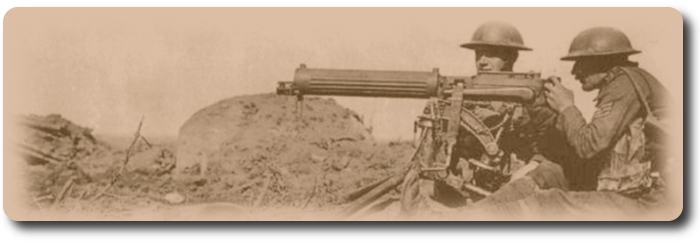
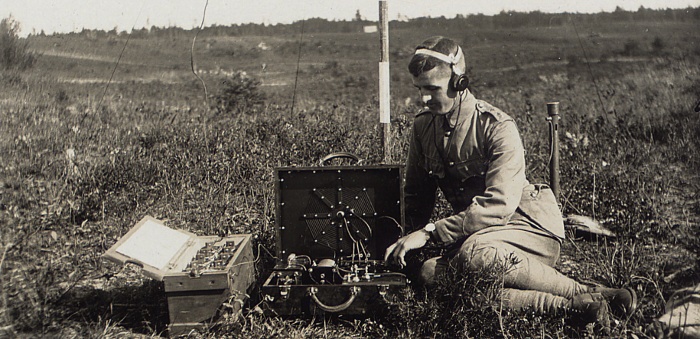
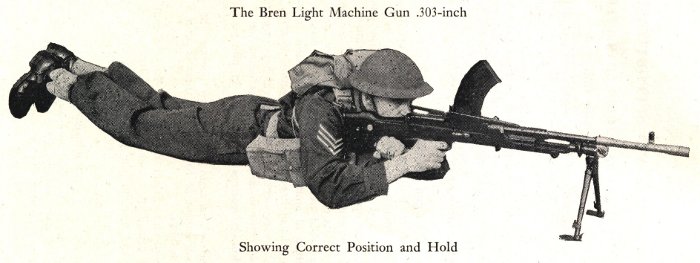
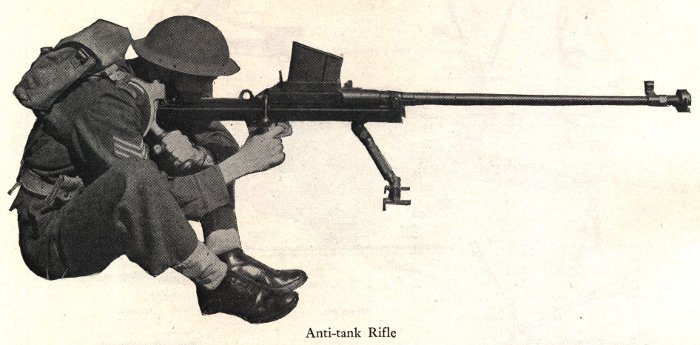
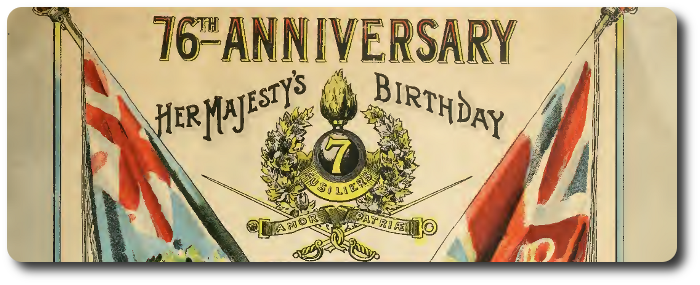


 Artificers' Course—A N.C.O. Or man recommended must be of good character, and should have worked at his trade before he enlisted.
Artificers' Course—A N.C.O. Or man recommended must be of good character, and should have worked at his trade before he enlisted.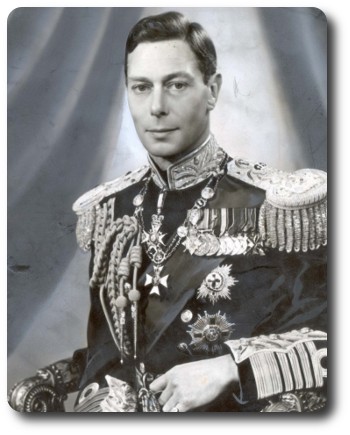
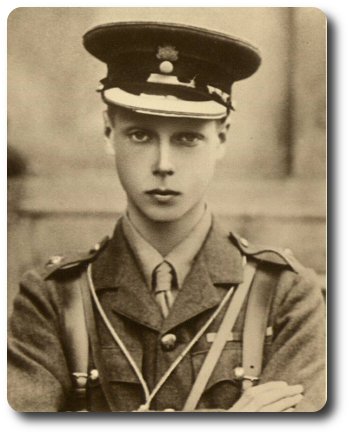
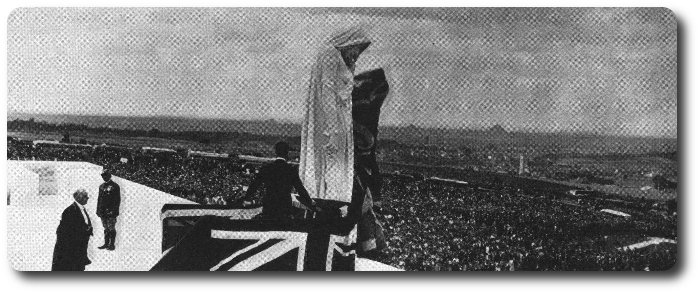
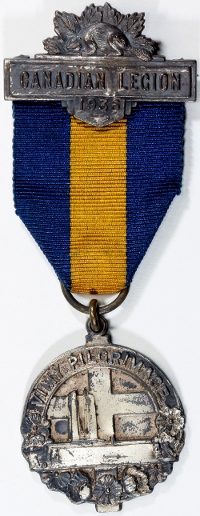 Well, now I come to the great day itself, Sunday, July 26, 1936. We, in Lens, were to leave in buses for the Ridge at 9 o'clock in the morning. It was actually nearly noon before we got away. The unveiling ceremony was to take place at 2:30 so that only a few hundreds of us had time to inspect the trenches that had been preserved and which are a bit unreal; to explore the wonders of the Grange Tunnel, and to see "No Man's Land" again, with its huge craters and the wire still there.
Well, now I come to the great day itself, Sunday, July 26, 1936. We, in Lens, were to leave in buses for the Ridge at 9 o'clock in the morning. It was actually nearly noon before we got away. The unveiling ceremony was to take place at 2:30 so that only a few hundreds of us had time to inspect the trenches that had been preserved and which are a bit unreal; to explore the wonders of the Grange Tunnel, and to see "No Man's Land" again, with its huge craters and the wire still there.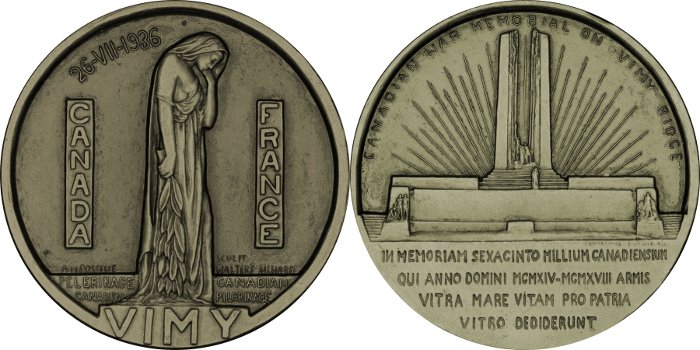

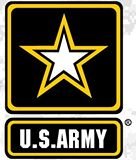 Armies have been aware of the problem for almost as long as it has existed. Studies by the
Armies have been aware of the problem for almost as long as it has existed. Studies by the 